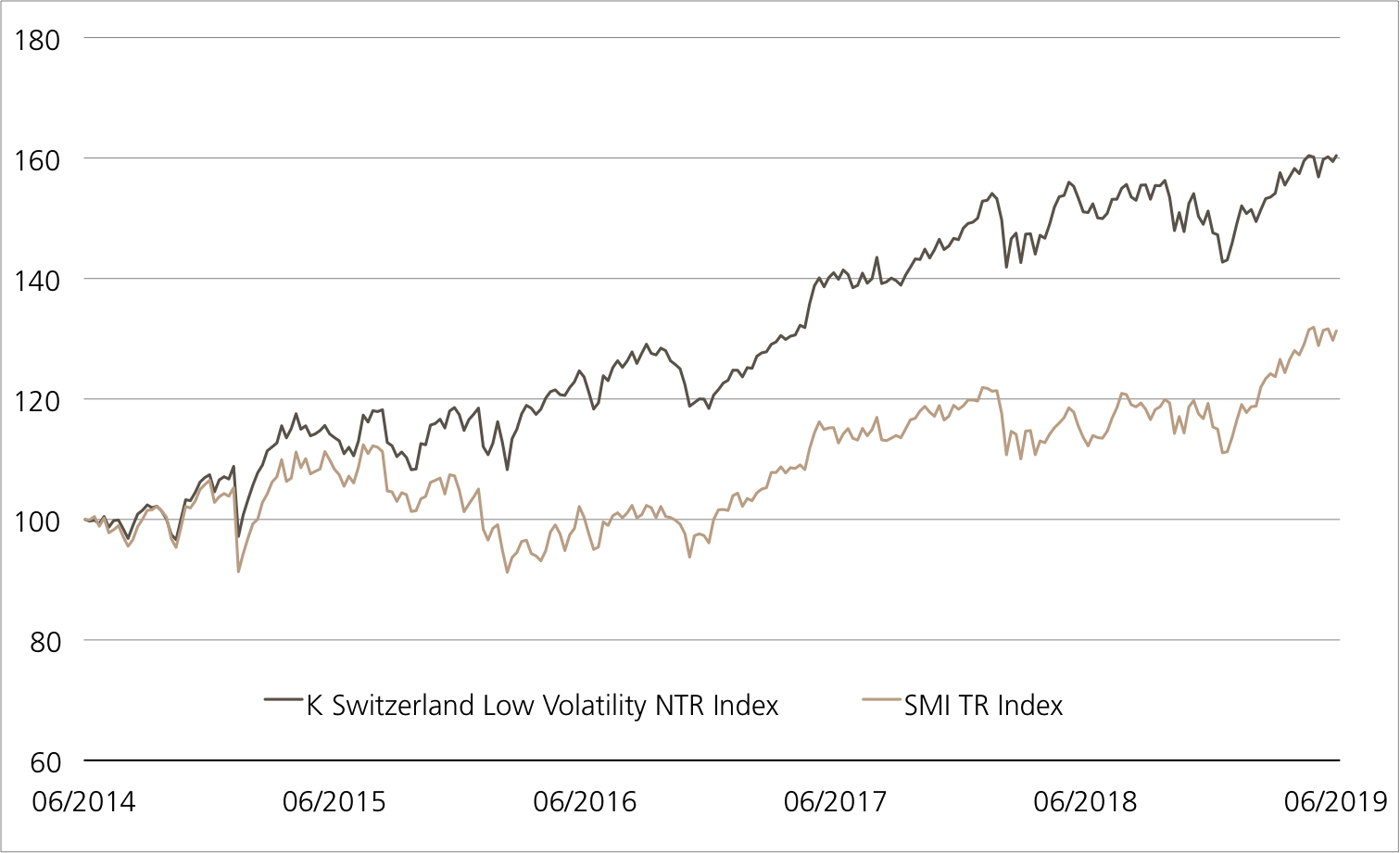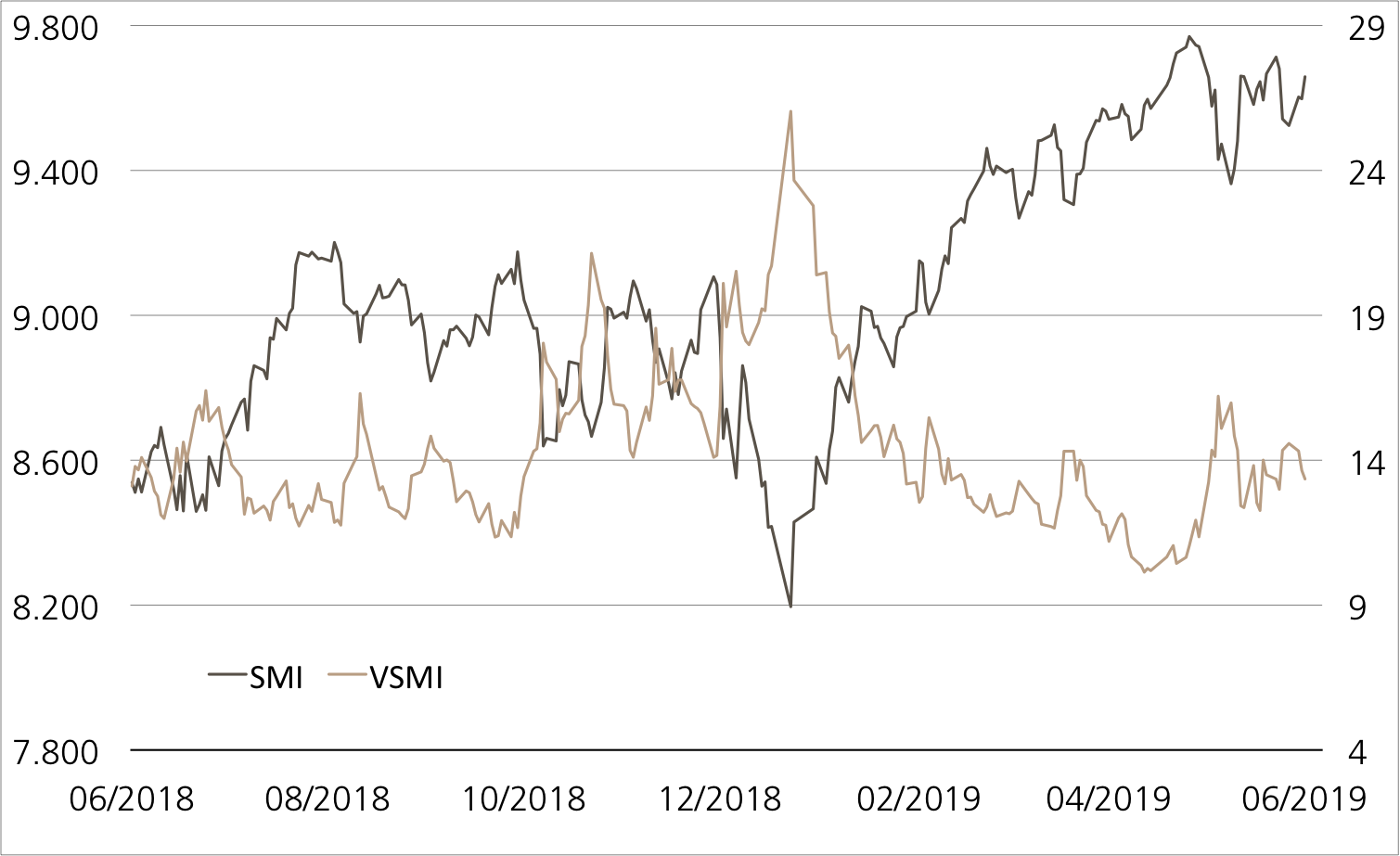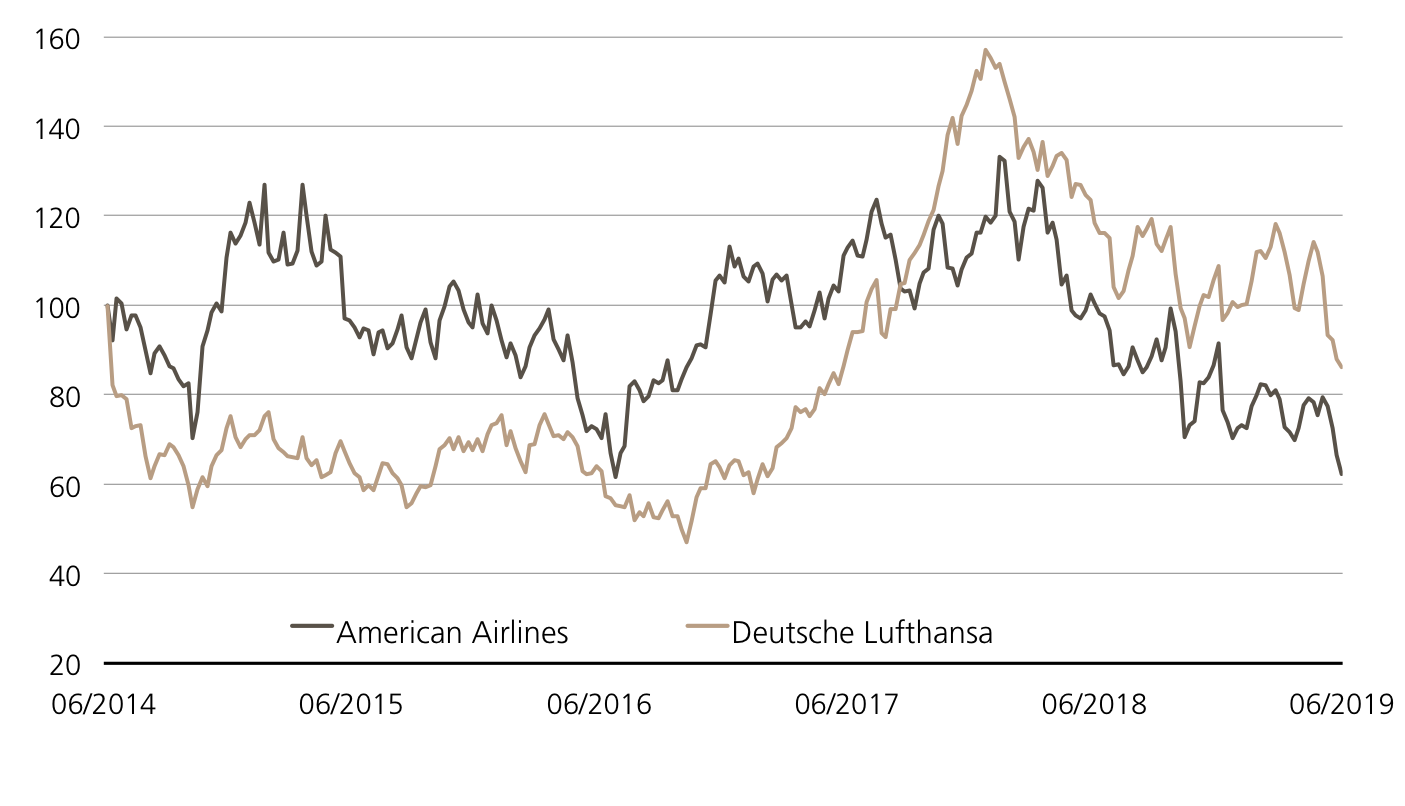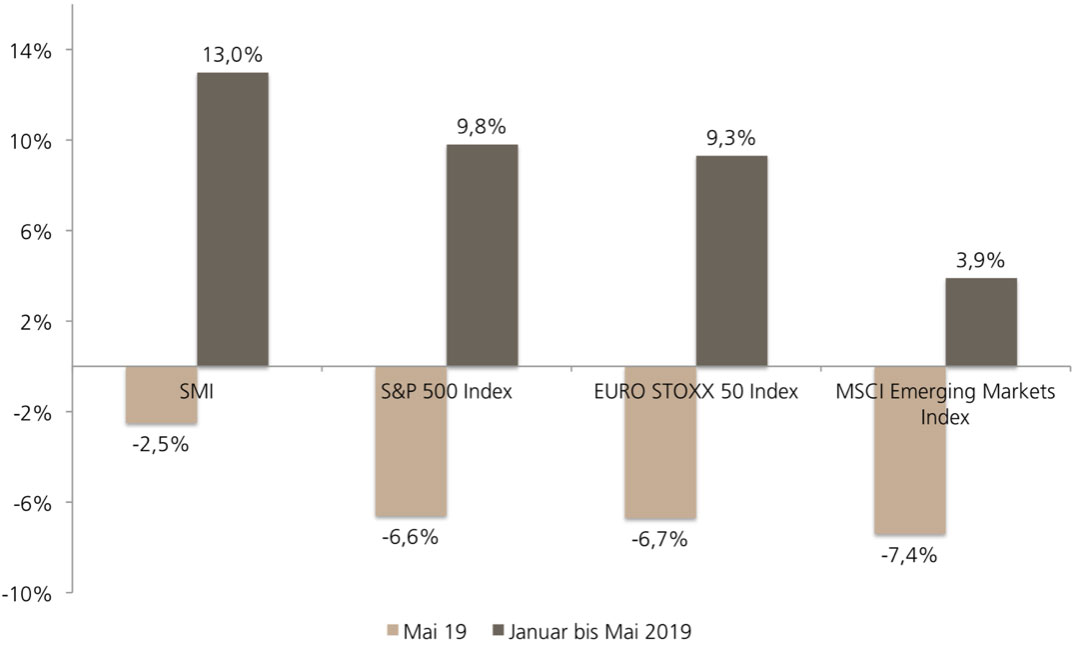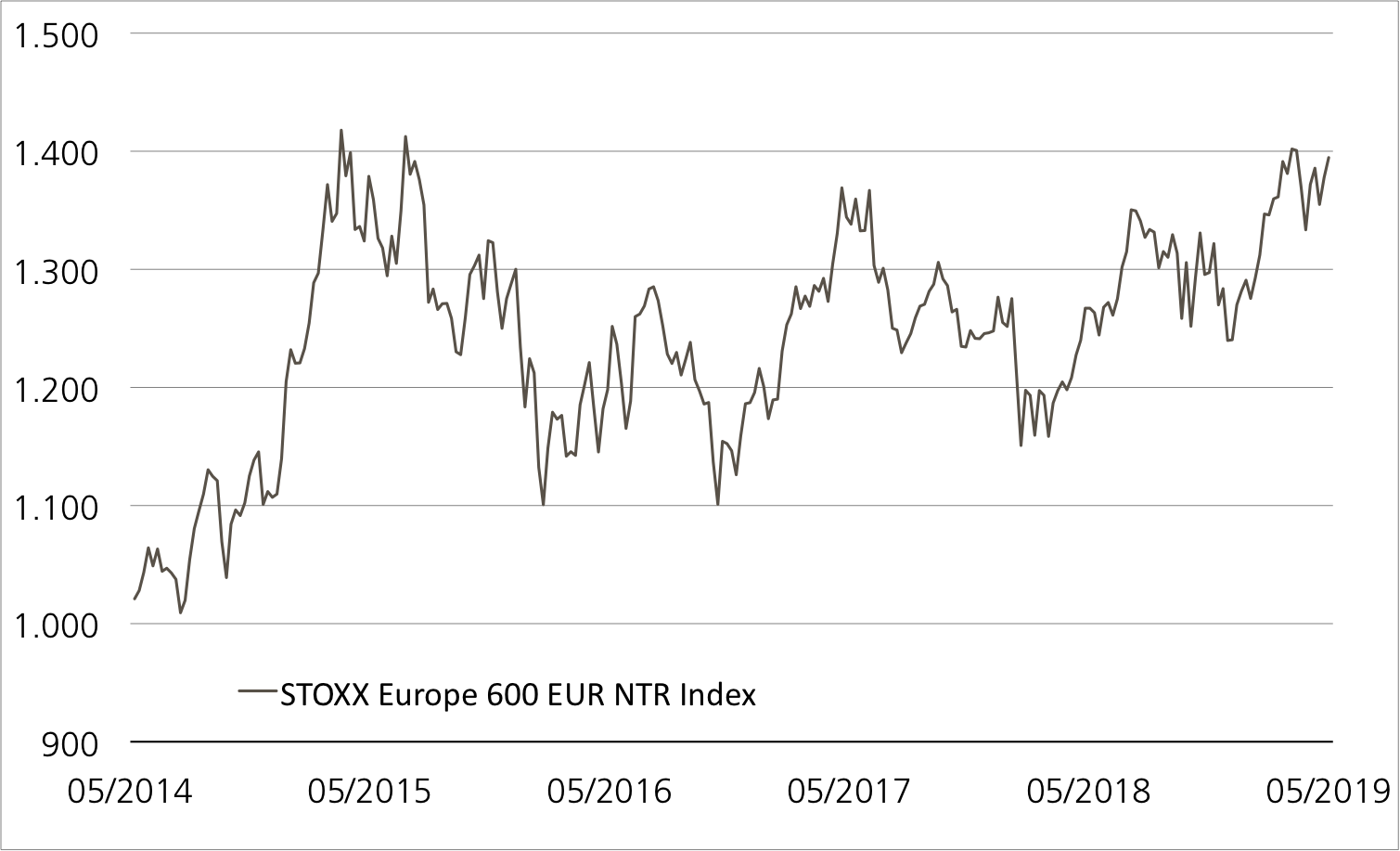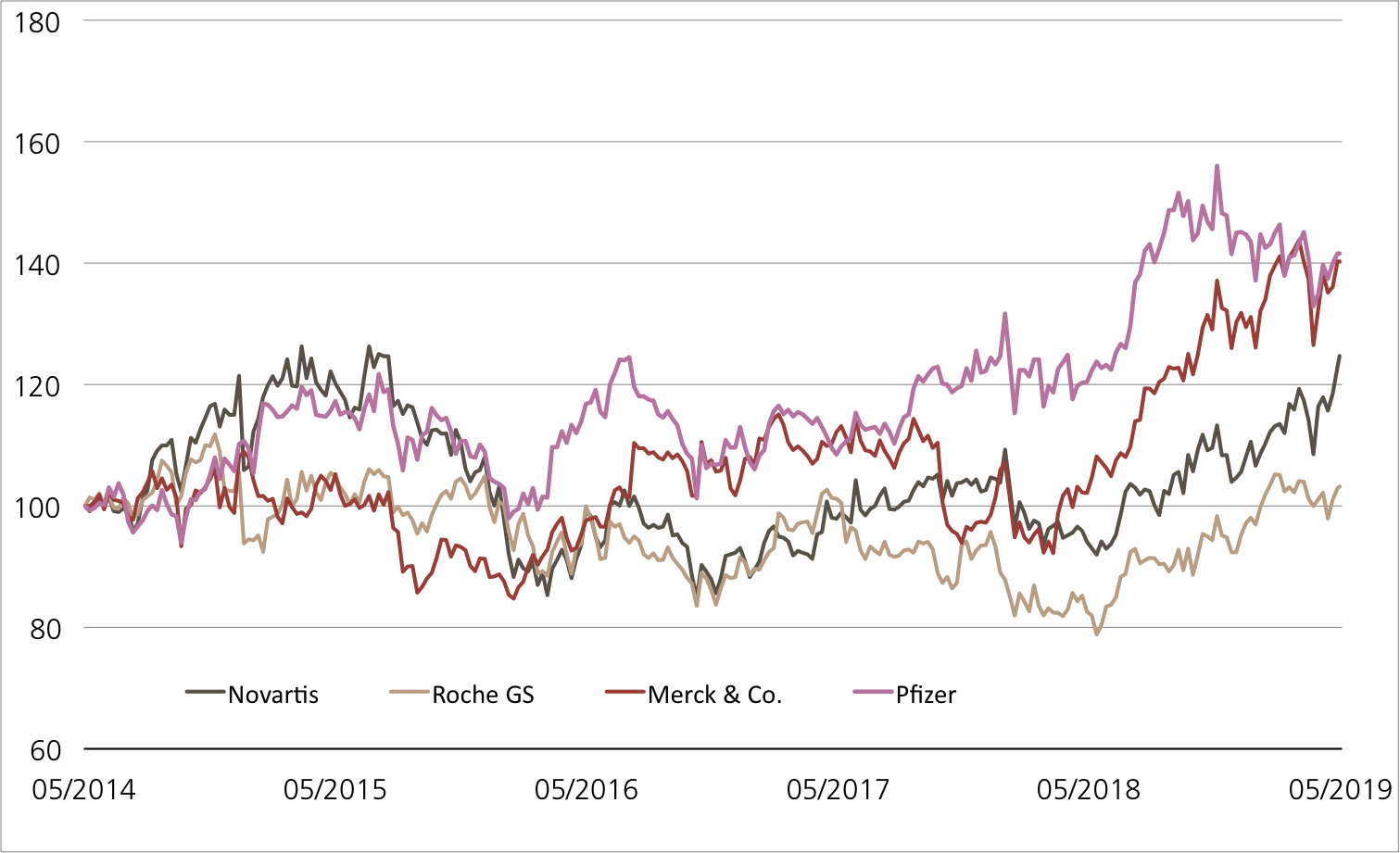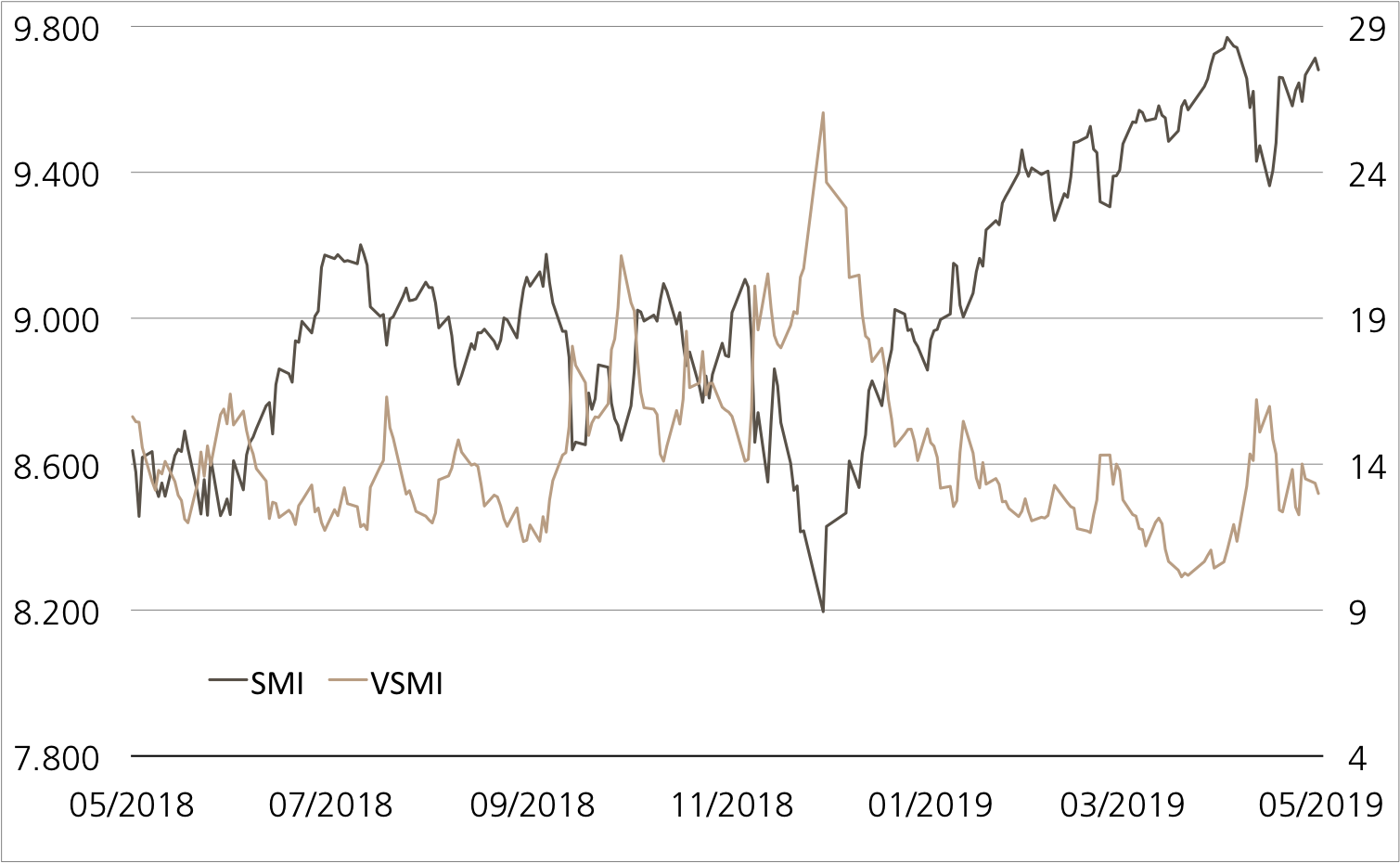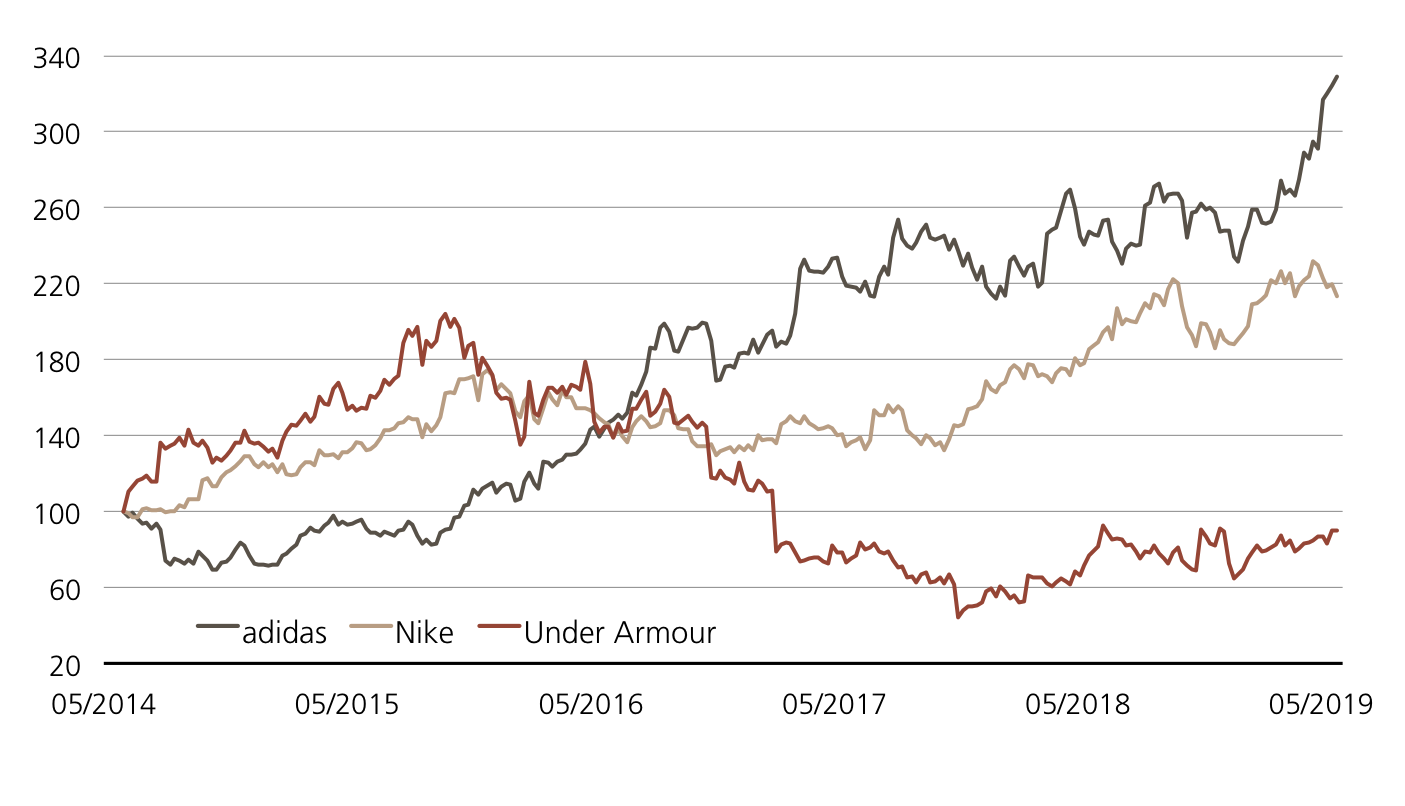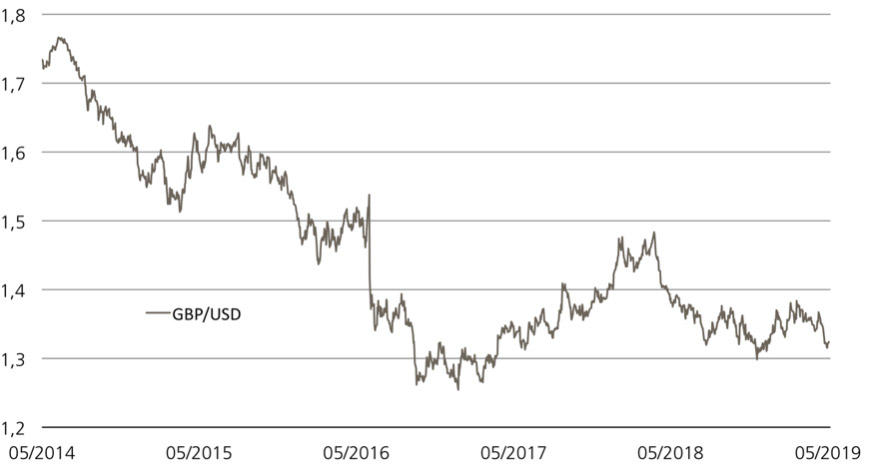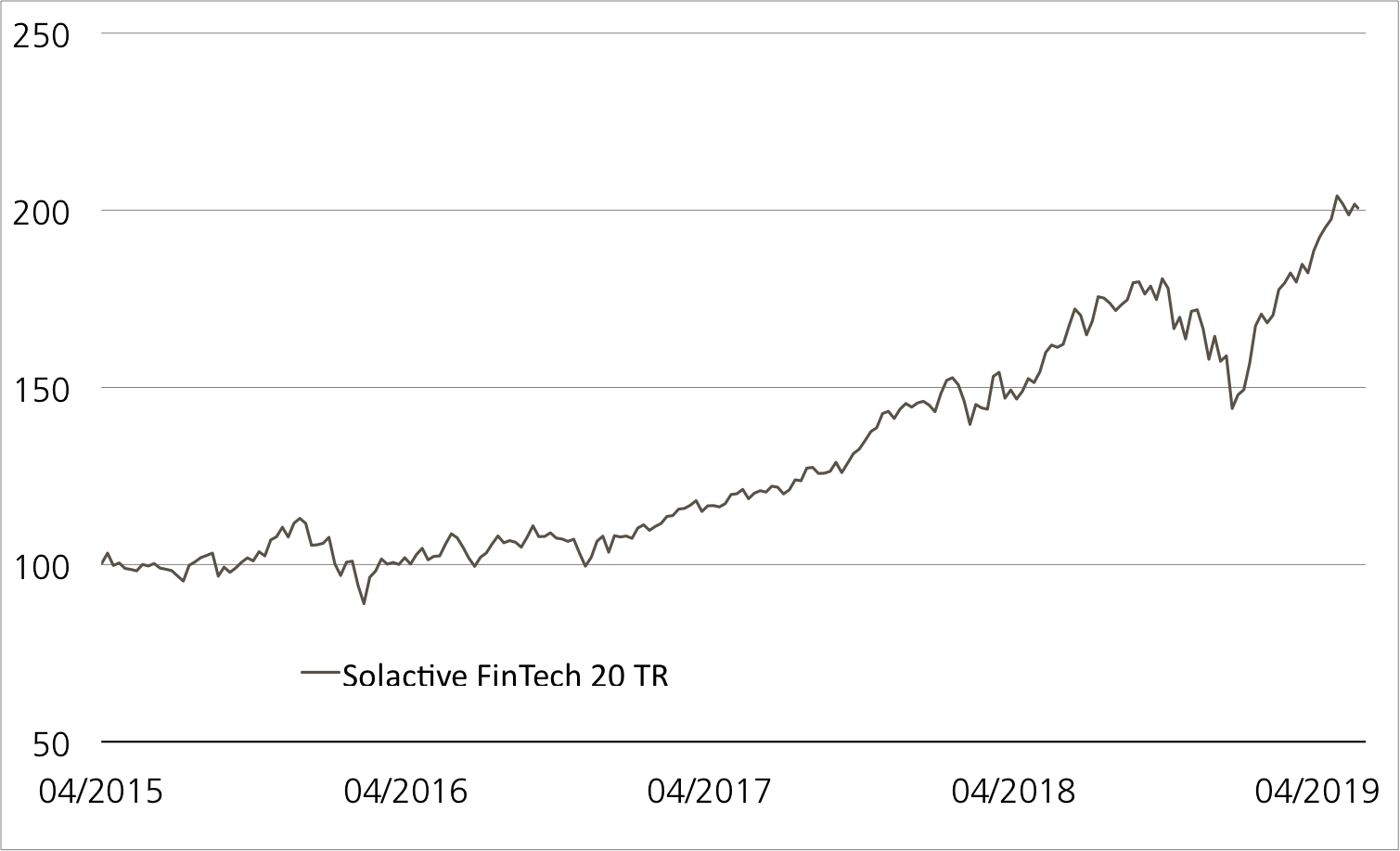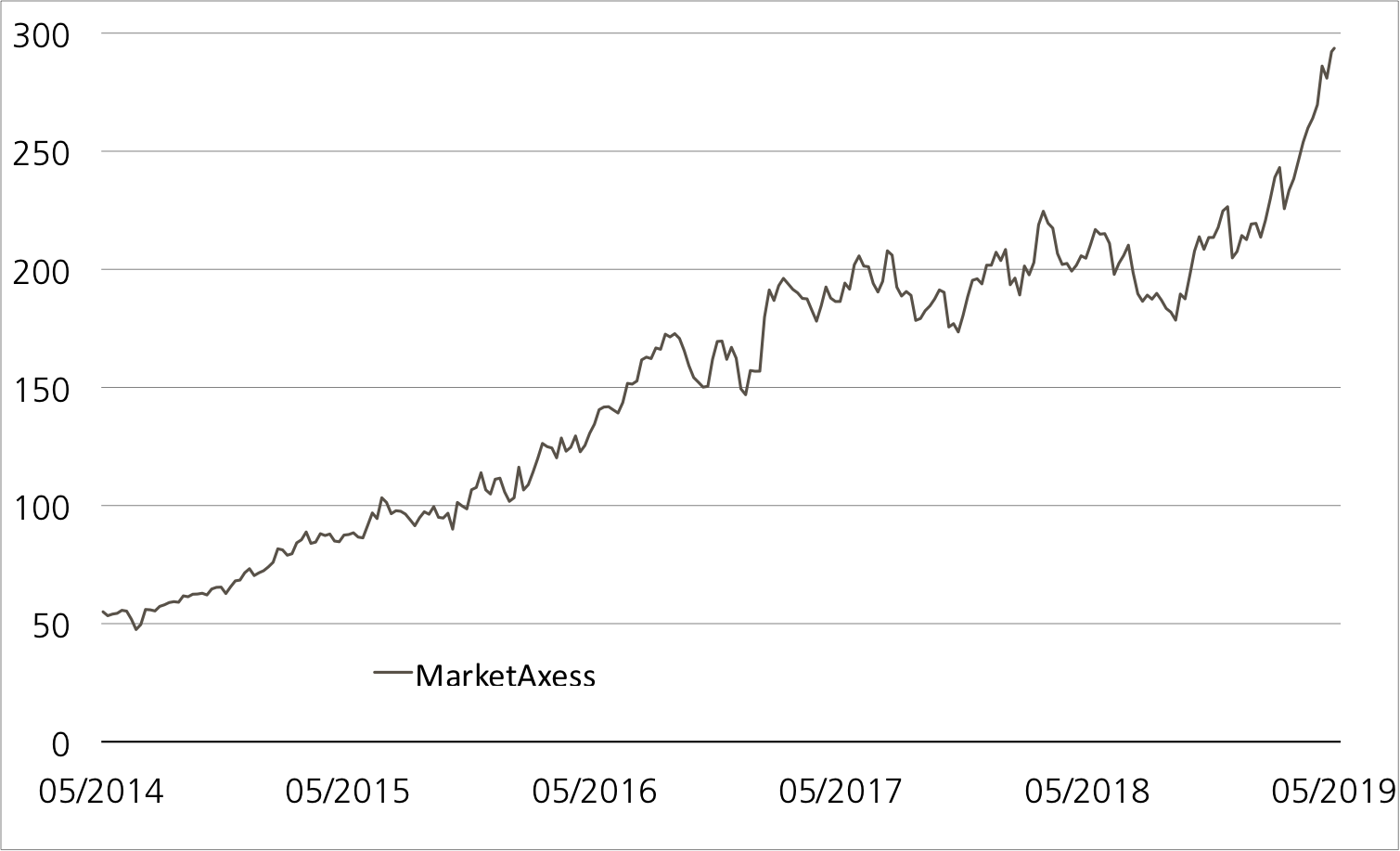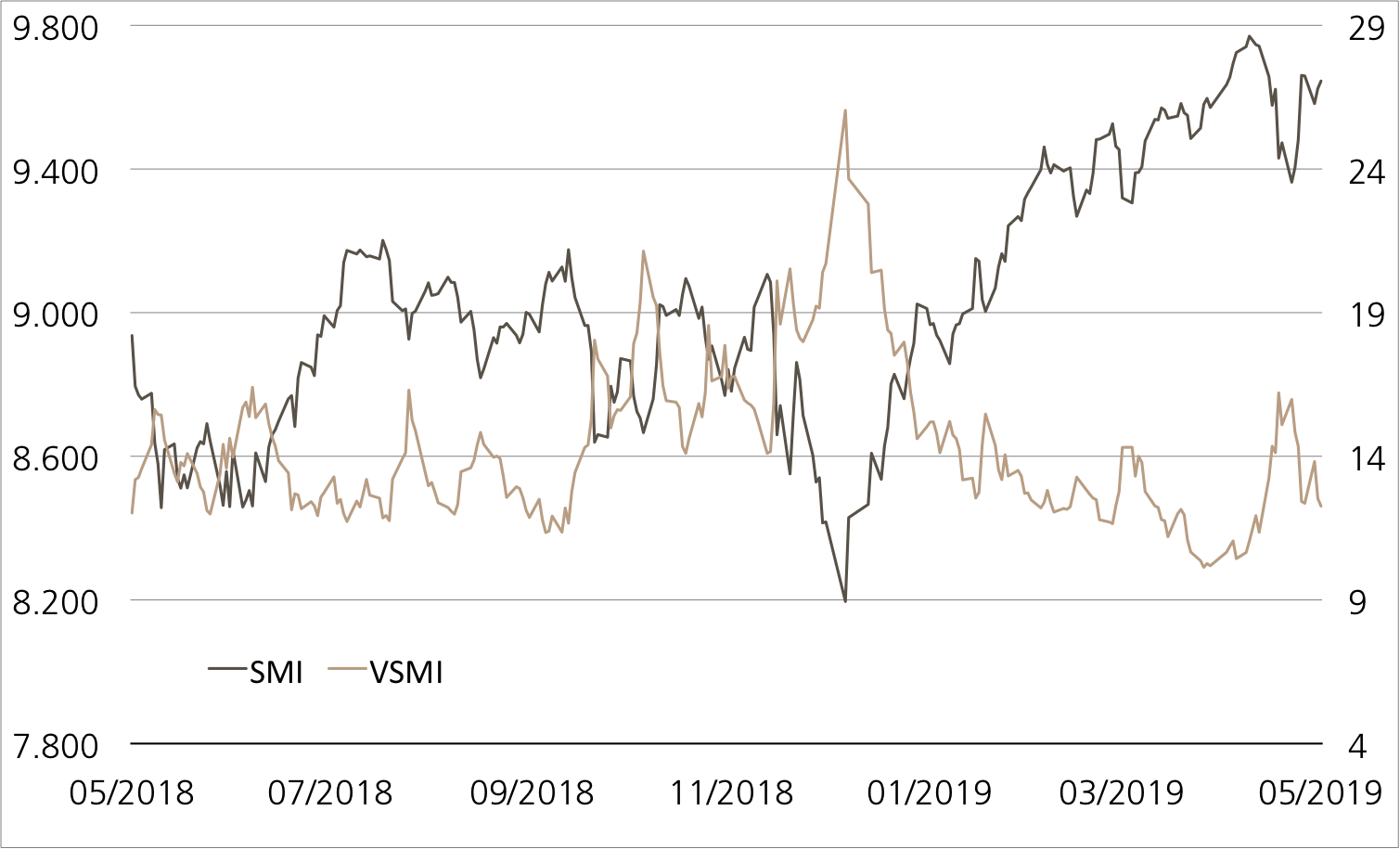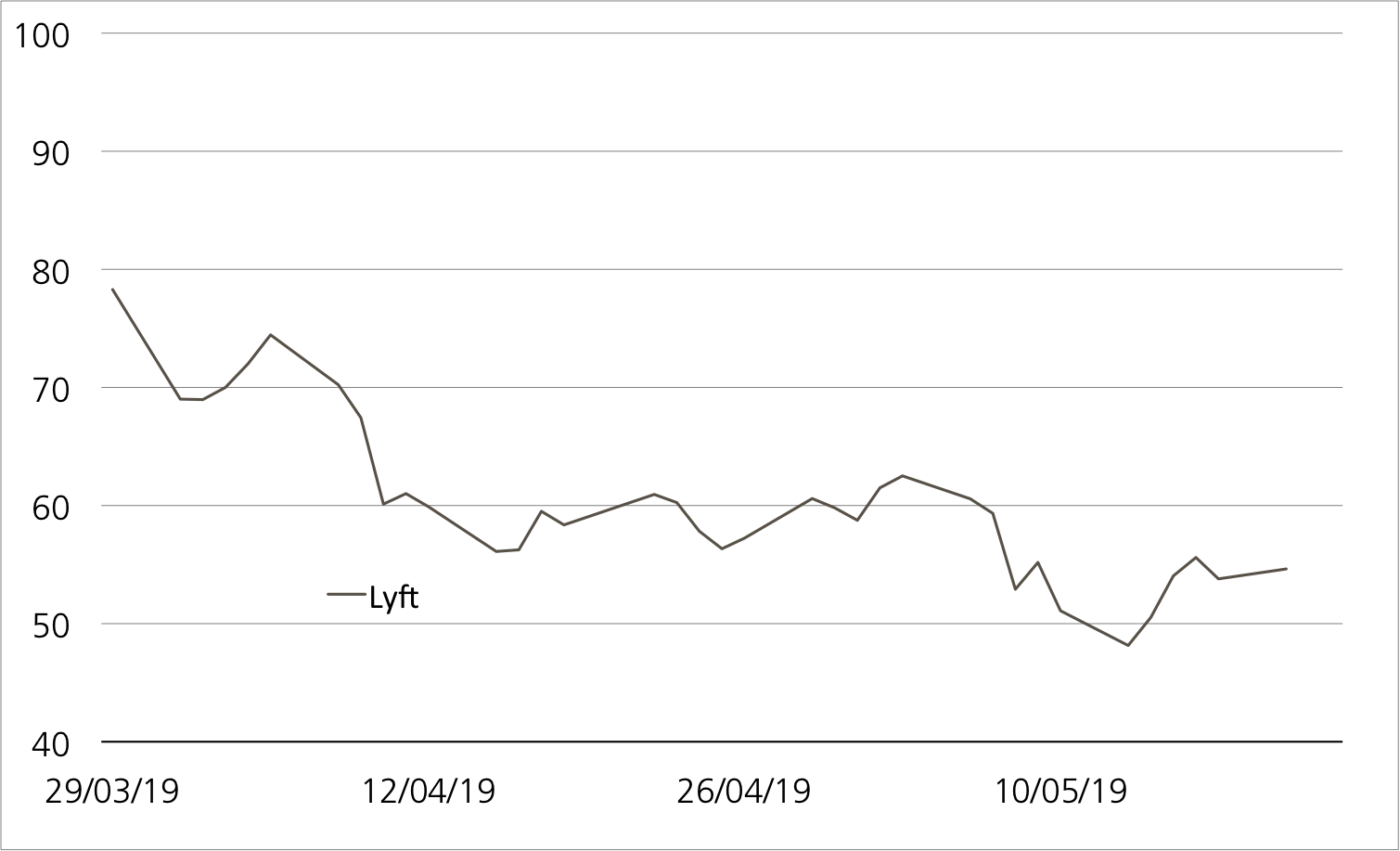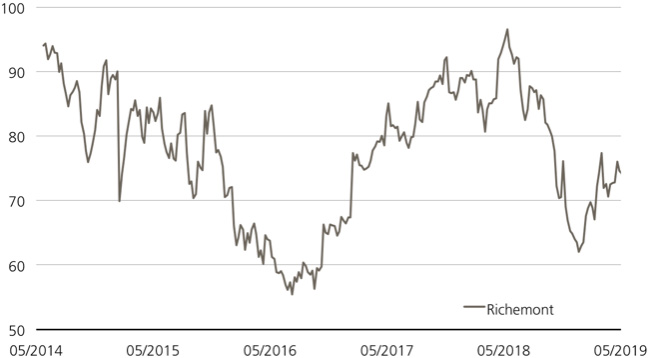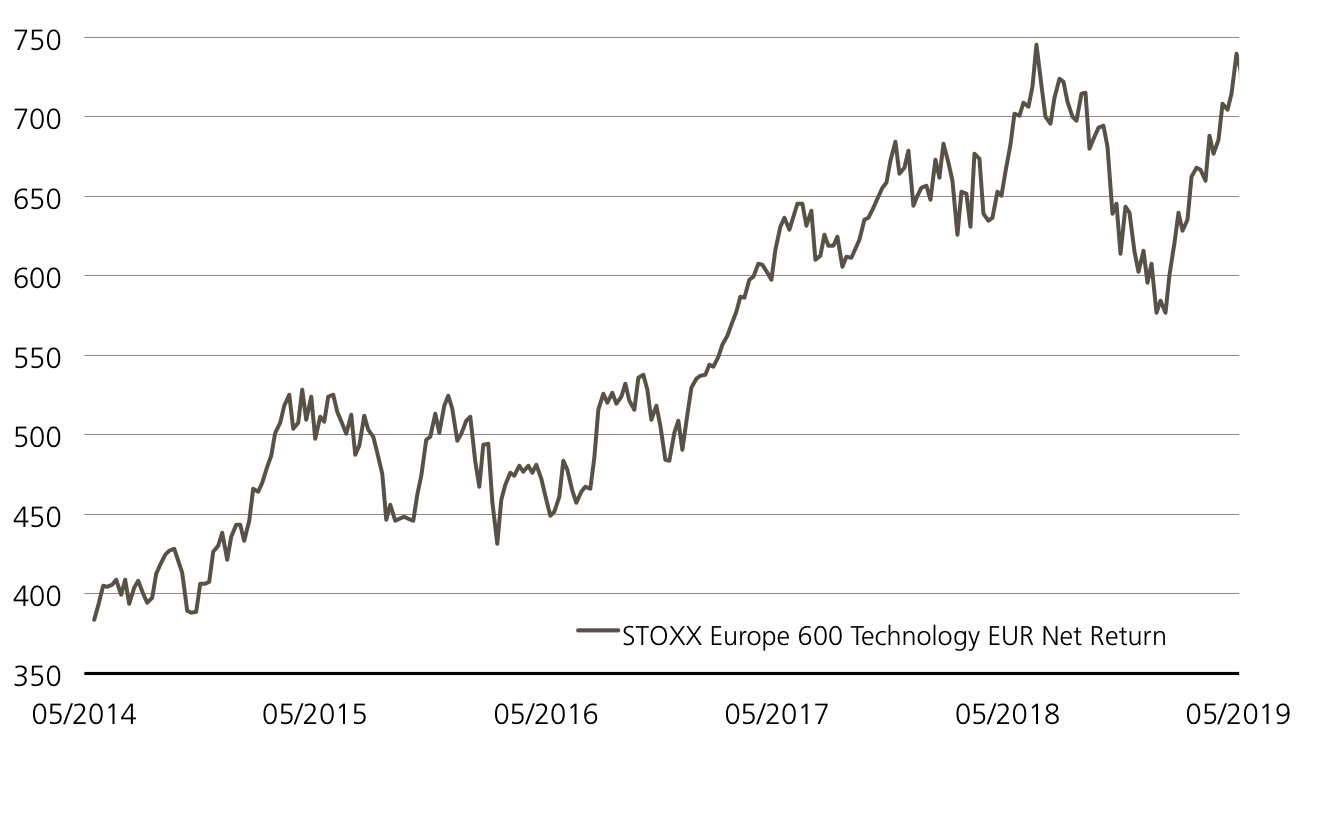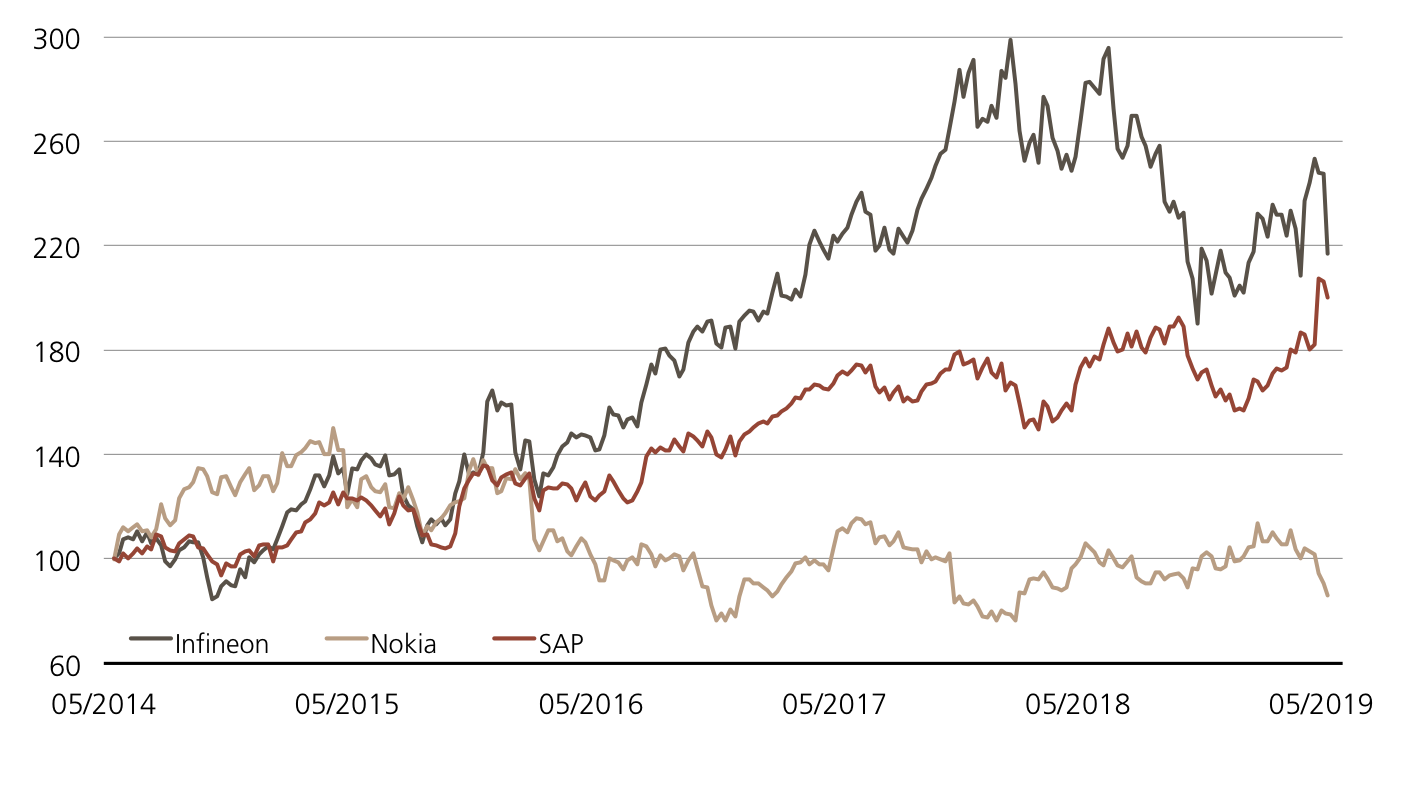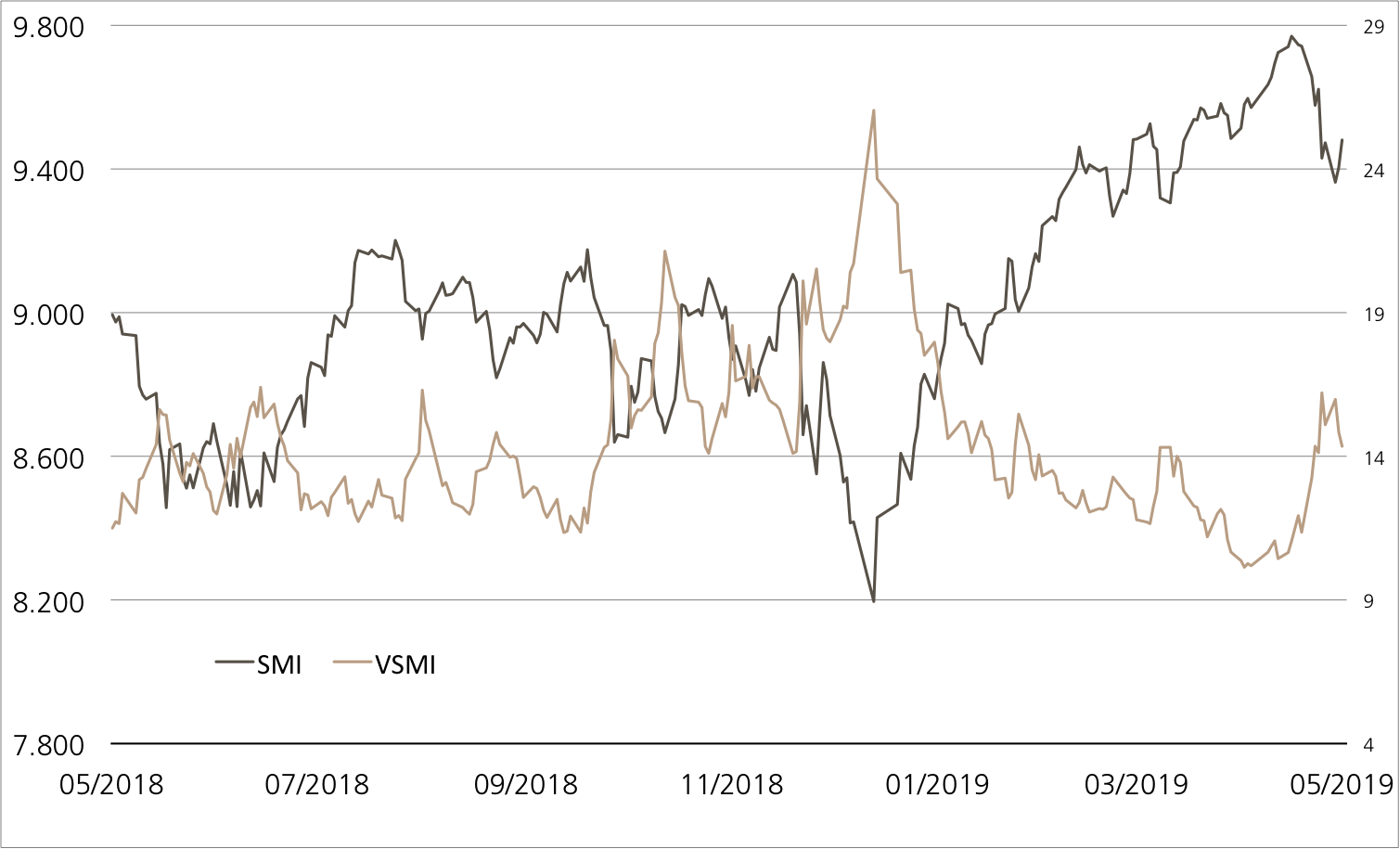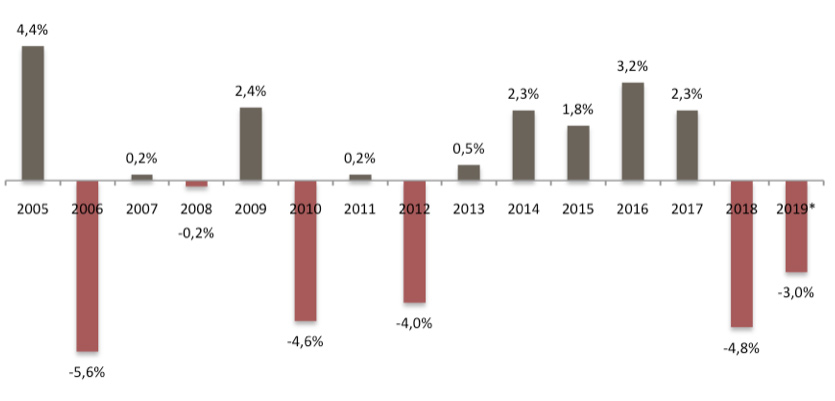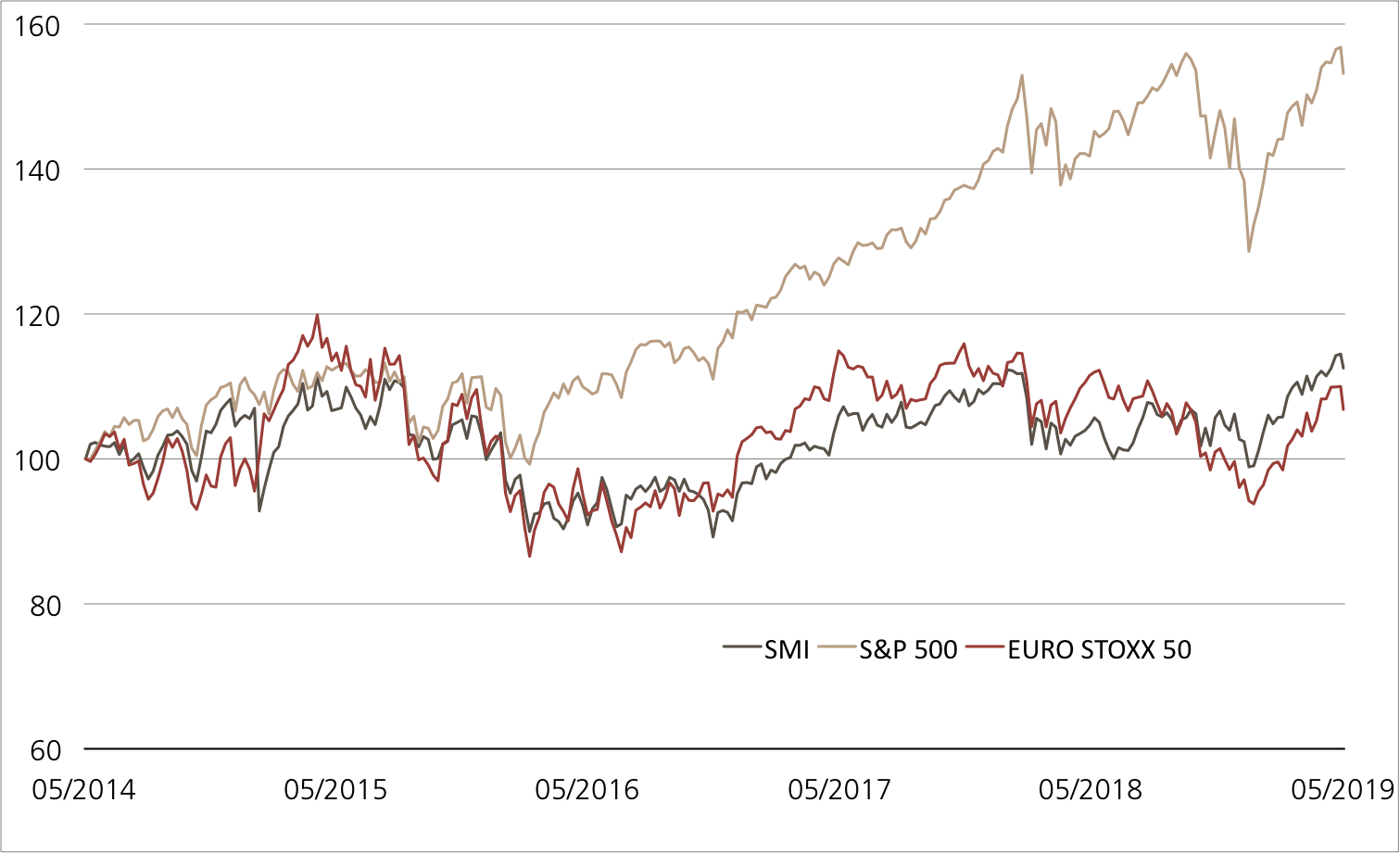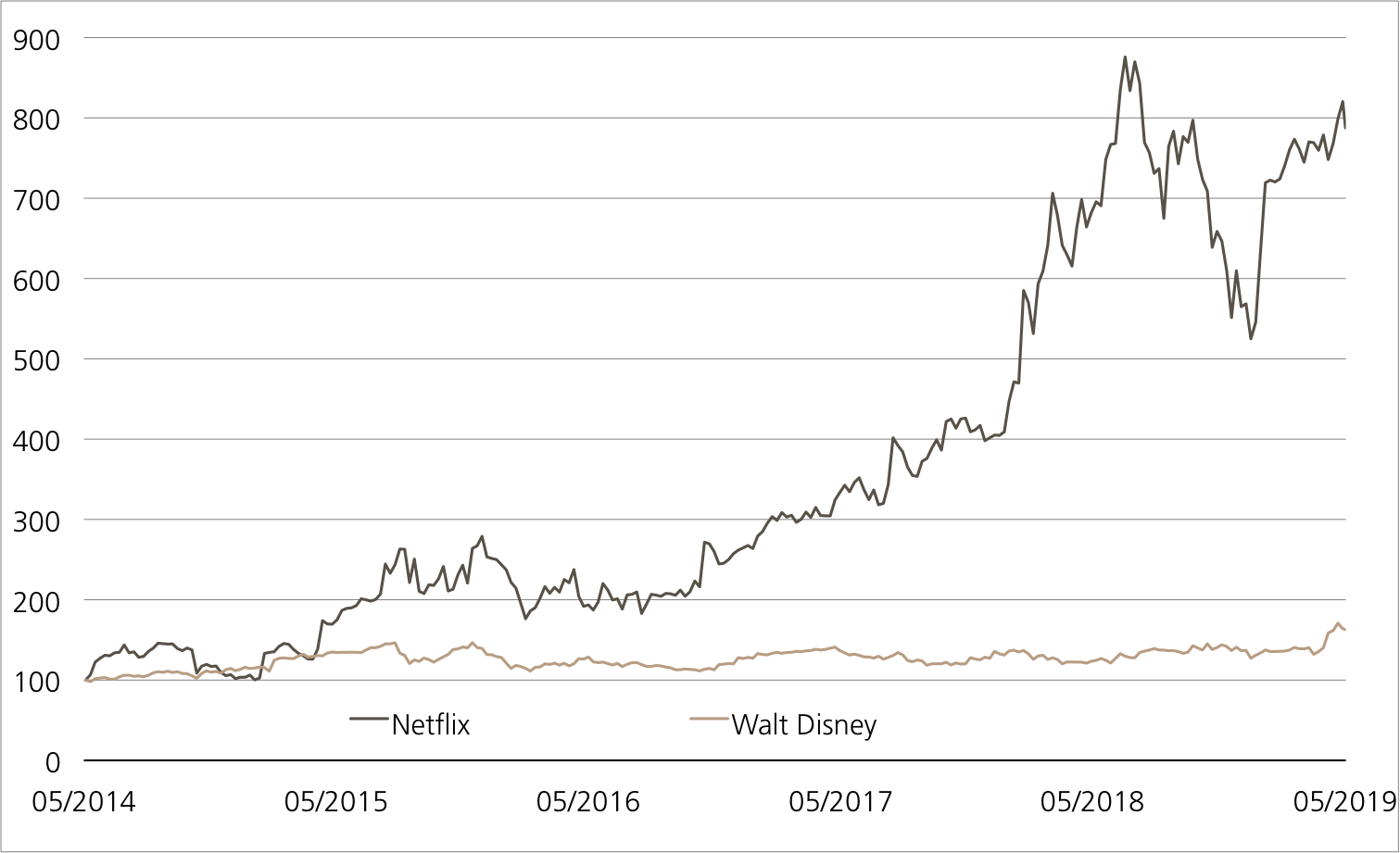Wankelmutige Autobauer, wachstumsstarker Cloud-Spezialist
11. Juni 2019 – UBS Wochenkommentar Rück-/Ausblick
Wankelmutige Autobauer, wachstumsstarker Cloud-Spezialist
Die neu aufgeflammte Hoffnung auf eine Mega-Fusion im Autosektor und der Verzicht der USA auf Strafzölle gegen Mexiko haben am Pfingstmontag die Börsen angeschoben. Derweil hat der Cloud-Spezialist Salesforce zuletzt starke Zahlen präsentiert und damit das positive Momentum im IT-Sektor untermauert. An den kommenden Tagen dürfte die Zinssenkungsfantasie in den USA ein bestimmendes Thema sein.
Keine zwei Wochen sind vergangen, seit die beiden Konzerne Fiat Chrysler und Renault überraschend bekanntgaben, eine Fusion zum drittgrössten Autobauer der Welt zu prüfen. Zumindest vorerst scheint der Traum vom „Big Deal“ bereits wieder geplatzt zu sein: FiatChrysler sieht in Frankreich nicht die politischen Voraussetzungen für einen Zusammenschluss und hat daher die Gespräche mit dem Konkurrenten offiziell für beendet erklärt. Allerdings meldete die Nachrichtenagentur Reuters nur wenige Tage später, dass beiden Parteien bereits über einen neuen Anlauf für die Mega-Fusion nachdenken. (Quelle: Thomson Reuters, Medienbericht, 10.06.2019)
Dieser Bericht schob am Pfingstmontag die Autoaktien dort an, wo die Märkte geöffnet hatten. Gleichzeitig sorgte Donald Trump für Kauflaune. Der US-Präsident hatte bereits am Freitag erklärt, vorerst auf die kürzlich angedrohten Strafzölle gegen Warenimporte aus Mexiko verzichten zu wollen. Er begründete dies mit einer Einigung mit dem Nachbarland im Streit über illegale Einwanderung. (Quelle: Thomson Reuters, Medienbericht, 10.06.2019) Ob der „Burgfrieden“ tatsächlich hält, muss sich erst noch zeigen. Gleichzeitig ist eine Einigung im Handelskonflikt der USA mit China nicht in Sicht.
Gefragte Technologie
Auch wenn die Bilanzsaison zum ersten Quartal längst zu Ende ist, laufen ab und an noch neue Zahlen über den Ticker. Aufhorchen liess zuletzt Salesforce. Der Cloud-Spezialist, der vor allem mit seinen Softwareprogrammen für das Kundenbeziehungsmanagement (CRM) hohes Ansehen geniesst, blickt auf einen starken Start das Fiskaljahr 2020 (per 31.01.2019) zurück. Zwischen Februar und April erhöhten sich die Erlöse um 24 Prozent. Damit konnte der Konzern das bereits achte Quartal nacheinander die Prognosen übertreffen. Auch beim Gewinn überraschte Salesforce positiv. Das Ergebnis je Aktie (EPS) verbesserte sich um 14 Prozent auf 0.93 US-Dollar, Analysten hatten dagegen nur mit 0.61 Dollar gerechnet. Zudem hob Salesforce das Jahresziel an. War bisher von einem EPS von 2.75 US-Dollar die Rede, sollen es nun 2.88 bis 2.90 US-Dollar werden – nach 2.75 Dollar im Vorjahr. (Quelle: Thomson Reuters, Medienbericht, 04.06.2019)
Die Aussichten in der Branche sind ebenfalls rosig. Laut Gartner wird der weltweite Markt für öffentliche Cloud-Dienste 2019 um 17.5 Prozent auf 214.3 Milliarden US-Dollar zulegen. Bis zum Jahr 2022 gehen die Marktforscher davon aus, dass die Datenwolke auf 331 Milliarden US-Dollar expandieren wird, was ein Wachstum von mehr als 50 Prozent entsprechen würde. (Quelle: Gartner, Medienmitteilung, 02.04.2019) Anleger können sich in diesem Markt mit dem Early Redemption Kick-In GOAL (Symbol: KCPCDU) auf das Cloud-Trio Adobe Systems, Microsoft und Salesforce renditeoptimiert positionieren. Das Produkt stellt einen Ertrag von 16.3 Prozent p.a. in Aussicht, der Risikopuffer beläuft sich beim aktuellen Worst-Performer Salesforce auf 42.3 Prozent.
Zinsspekulationen
Während von der Unternehmensseite in der neuen Handelswoche kaum weitere Zahlen zu erwarten sind, wird sich die Aufmerksamkeit des Börsenpublikums vor allem auf die Konjunkturdaten in den USA richten. Denn der enttäuschende Arbeitsmarktbericht für den Mai sowie der weiter schwelende Zollstreit liessen Spekulationen aufkommen, wonach das Fed die Zinsen senken könnte. Die Wahrscheinlichkeit eines solchen Schritts bei der Sitzung am 18. und 19. Juni liegt aktuell bei 24 Prozent. (Quelle: Thomson Reuters, Medienbericht, 06.06.2019) Hier zu Lande steht bereits am Donnerstag die Geldpolitische Lagebeurteilung der SNB an. Im Blick dürften Anleger an den kommenden Tage darüber hinaus den neu aufkommende Haushaltsstreit zwischen der EU und Italien sowie die Entwicklungen in Grossbritannien nach dem Rücktritt von Premierministerin Theresa May behalten.
Adobe Systems vs. Microsoft vs. Salesforce (5 Jahre, nur zu illustrativen Zwecken, Angaben in %)¹
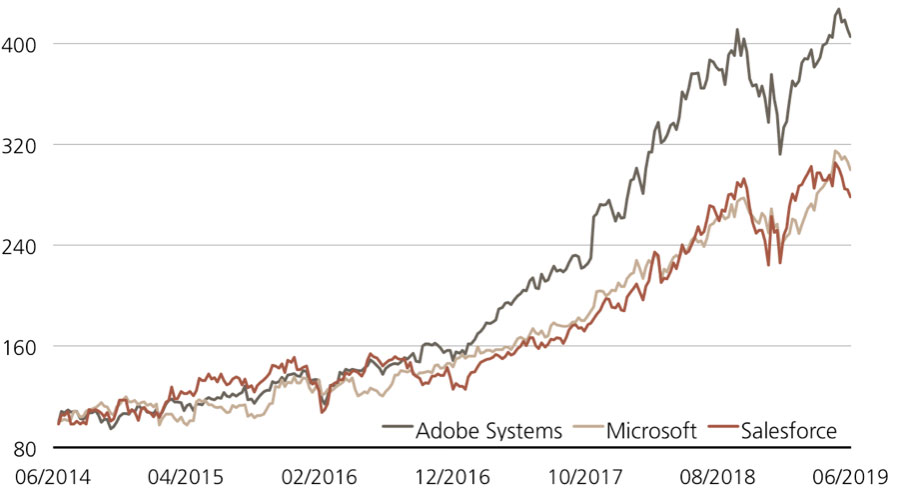
Stand: 07.06.2019; Quelle: Thomson Reuters
¹) Bitte beachten Sie, dass vergangene Wertentwicklungen keine Indikationen für künftige Wertentwicklungen sind.
Konjunkturtermine
| Datum | Zeit | Land | Ereignis |
| 12.06.2019 | 03:00 | CN | Verbraucherpreisindex |
| 12.06.2019 | 10:15 | EZ | Rede EZB-Präsident Mario Draghi |
| 12.06.2019 | 14:30 | US | Verbraucherpreisindex |
| 13.06.2019 | 08:30 | CH | Erzeuger- und Importpreise |
| 13.06.2019 | 09:30 | CH | SNB Geldpolitische Lagebeurteilung |
| 13.06.2019 | 10:00 | CH | SNB Medienkonferenz |
| 13.06.2019 | 14:30 | US | Erstanträge Arbeitslosenhilfe |
| 14.06.2019 | 04:00 | CN | Einzelhandelsumsätze |
| 14.06.2019 | 14:30 | US | Einzelhandelsumsätze |
| 14.06.2019 | 15:15 | US | Industrieproduktion |
| 14.06.2019 | 16:00 | US | Uni Michigan Verbrauchervertrauen |
Stand: 11.06.2019, Quelle: Thomson Reuters
Weitere Blogeinträge:
Zwischen Rezessionsängsten und Gewinnhoffnungen
Follow us on LinkedIn 27. November 2023 Zwischen Rezessionsängsten und Gewinnhoffnungen Bereits seit rund einem Montag geht es mit den Kursen in der Eurozone kontinuierlich aufwärts. Mehr als sieben [...]
Die KI-Fantasie ist zurück
Follow us on LinkedIn 20. November 2023 Die KI-Fantasie ist zurück Aufatmen an der Wall Street und darüber hinaus: Der Stillstand der Regierungsgeschäfte in den USA ist vorerst abgewendet. [...]
Powell gibt den Falken
Follow us on LinkedIn 13. November 2023 Powell gibt den Falken Jerome Powell ist in der vergangenen Woche mehrmals öffentlich aufgetreten. Am Mittwoch sprach der Fed-Präsident ein Grusswort zur [...]


